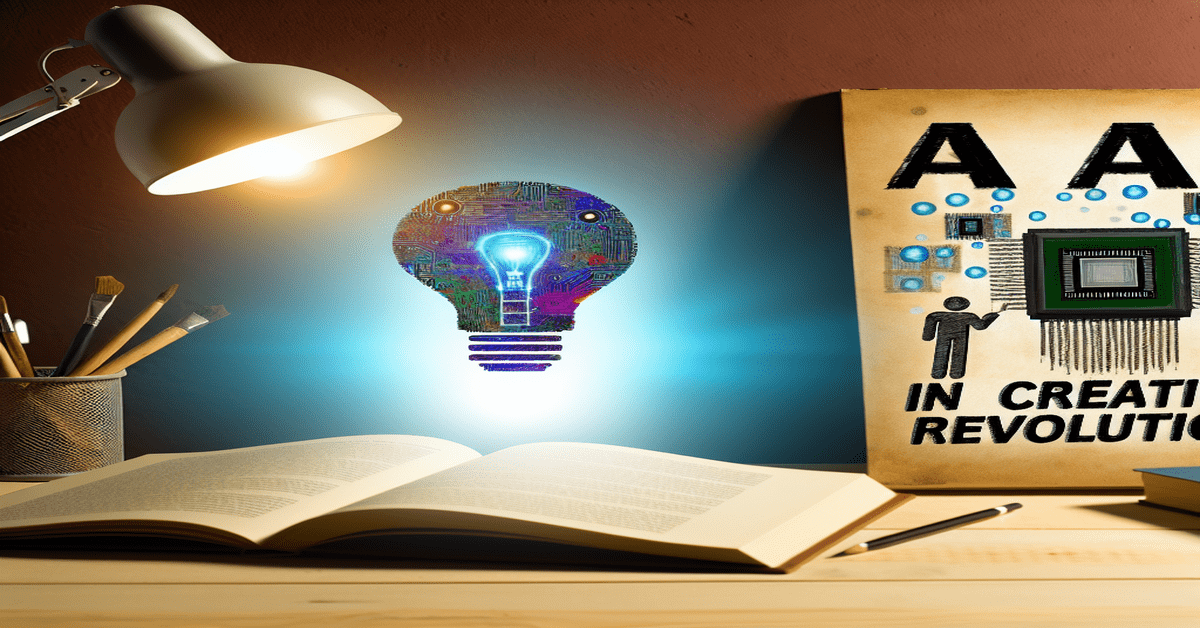The AI Creative Revolution: A Double-Edged Sword
The advent of artificial intelligence (AI) has sparked a creative revolution in the business world, promising to enhance individual creativity and streamline processes. However, this exciting development comes with an unexpected twist that may have far-reaching implications for the future of innovation.
A recent study conducted by the University of Cambridge shed light on the dual impact of AI on creativity. The researchers found that AI-assisted writing tools significantly improved the output of less creative writers, making their work more engaging and well-written. This finding suggests that AI has the potential to **democratize creativity**, empowering individuals who may have previously struggled to express their ideas effectively.
The Homogenization Effect: A Looming Threat
While AI’s ability to enhance individual creativity is undeniably impressive, the widespread adoption of these tools may lead to a concerning trend: a decline in overall creative diversity. The Cambridge study revealed that AI-assisted stories tended to share more similarities, indicating a potential **homogenization effect**. As more businesses and individuals rely on AI for creative tasks, we may find ourselves in a “sea of sameness,” where unique ideas and perspectives become increasingly rare.
Navigating the AI Creative Paradox
The paradoxical impact of AI on creativity presents a significant challenge for businesses across various industries. In the realm of advertising and product design, companies are already grappling with the consequences of AI-generated content. While AI can help generate ideas quickly and efficiently, there is a risk that these ideas will blend into a homogeneous output, lacking the distinctive edge that sets successful campaigns and products apart.
To navigate this complex landscape, experts recommend adopting a **human-first approach** to AI integration. By using AI as a secondary tool to support and enhance human creativity, businesses can harness the benefits of the technology without sacrificing originality. Additionally, tailoring AI tools to specific business needs and contexts can help optimize outcomes and maintain a healthy balance between efficiency and innovation.
#AICreativity #InnovationParadox #HumanFirstAI #Innovation #Business
As we stand at the precipice of this creative revolution, it is crucial for businesses to approach AI with a critical eye and a commitment to fostering genuine innovation. By prioritizing human creativity and using AI as a complementary tool, we can unlock the full potential of this transformative technology while preserving the diversity and richness of our creative landscape.
- Original article and inspiration provided by PYMNTS.com
- Connect with one of our AI Strategists today at Opahl Technologies


